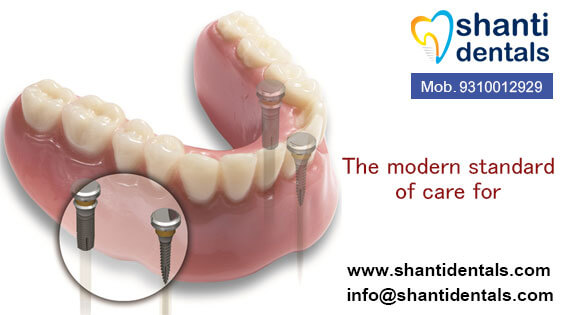The aim of this study was to evaluate the clinical outcomes of implants that were placed within the maxillary sinus that has a perforated sinus membrane by the lateral window approach.
Methods: We examined the medical records of the patients who had implants placed within the maxillary sinus that has a perforated sinus membrane by the lateral approach at the Department of Oral and Maxillofacial Surgery of Chonnam National University Dental Hospital from January 2009 to December 2015. There were 41 patients (male:female?=?28:13).
The mean age of patients was 57.2?±?7.2 years at the time of operation (range, 20–76 years). The mean follow-up duration was 2.1 years (range, 0.5–5 years) after implant placement.
Regarding the method of sinus elevation, only the lateral approach was included in this study.
Results: Ninety-nine implants were placed in 41 patients whose sinus membranes were perforated during lateral approach. The perforated sinus membranes were repaired with a resorbable collagen membrane.
Simultaneous implant placements with sinus bone grafting were performed in 37 patients, whereas delayed placements were done in four patients. The average residual bone height was 3.4?±?2.0 mm in cases of simultaneous implant placement and 0.6?±?0.9 mm in cases of delayed placement.
Maxillary bone graft with implant placement, performed on the patients with a perforated maxillary sinus membrane did not fail, and the cumulative implant survival rate was 100%.
Conclusions: In patients with perforations of the sinus mucosa, sinus elevation and implant placement are possible regardless of the location and size of membrane perforation. Repair using resorbable collagen membrane is a predictable and reliable technique.
Source: 7thspace.com




